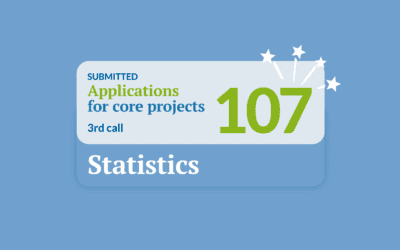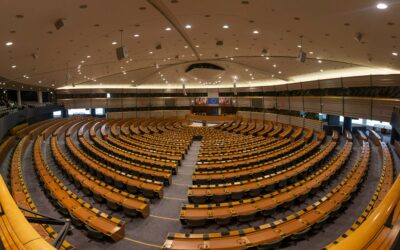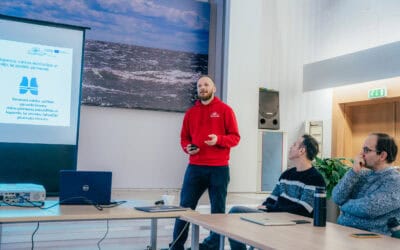A clear majority of 61% of all respondents would change their behavior to reduce energy consumption, even if it means higher costs or less comfort. But: While 9 of 10 are using LED light bulbs, only 1 of 6 respondents uses automatic energy control systems and only 1 of 3 respondents has insulated drafty doors and windows.
We are facing a major transformation of our energy system in the near future. Electrification is a big part of it. If we use electricity more efficient, we need less new electricity production, which will reduce costs and negative environmental and societal effects”, says Silva Herrmann, energy strategist at Lapplands Kommunalförbund.
She continues: “Improving energy efficiency in households can contribute significantly to reduce risks and costs which comes with a rapid electrification of our societies. But our survey shows, that we need to untap this potential by making it much easier for people to implement simple cost-effective measures.”
The survey is part of the Interreg Baltic Sea project CommitClimate and has been conducted in December 2023. In Sweden, 258 persons answered the survey in the four municipalities Gällivare, Jokkmokk, Kiruna and Pajala, which form Lapplands Kommunalförbund.
The Swedish Energy Agency estimates that households can save 10–25 per cent of energy by changing behavior[1]. The techno-economic potential of the housing and service sector is estimated to be around 15 TWh of electricity by 2030, with single-family homes accounting for the dominant share. Overall, the Swedish Energy Agency assesses that the socio-economic potential for reduced electricity use through energy efficiency exceeds the calculated techno-economic potential.
Silva Herrmann points out: “Working as a municipal energy consultant I know, that people are often overwhelmed by information when considering making their building or business more energy efficient. This is one of the big barriers and our survey supports this theory: both LED light bulbs and energy efficient appliances are easy to understand thanks to a clear energy rating system. They are also easily available. And not at least: people look at what others are doing and do the same. The CommitClimate project with its behavioral tool helps us to create an active dialogue with our citizens and to create a movement where we support each other in finding the right solutions for a better sustainable future in our communities.”
[1] Swedish Energy Agency (ER 2024:03): Effektiv användning av energi, effekt och resurser https://www.energimyndigheten.se/4afa39/globalassets/klimat–miljo/elektrifiering/effektiv-anvandning-av-energi-effekt-och-resurser.pdf






